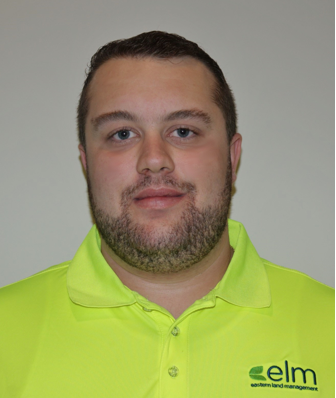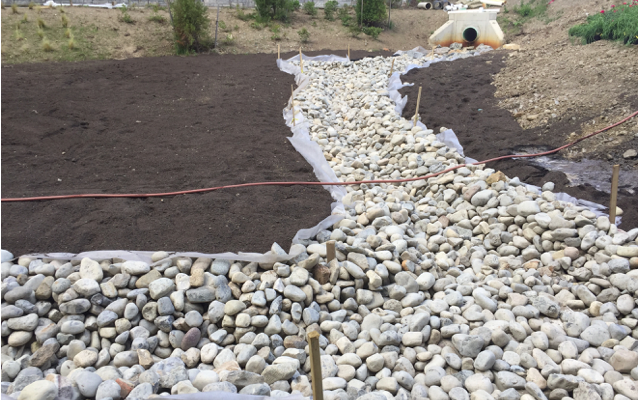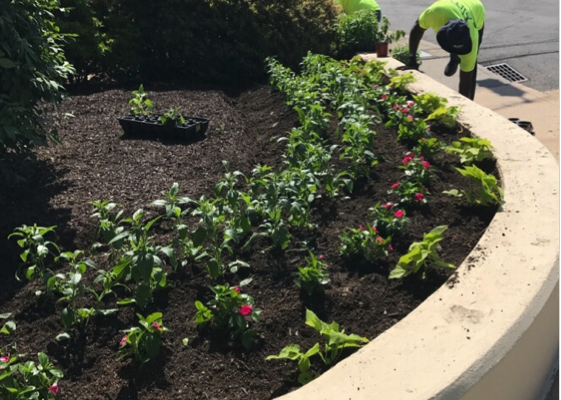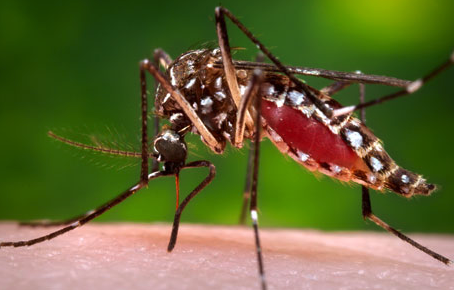Eastern Land Management is pleased to welcome Jeff Wilson to the position of Field Manager.
As Field Manager, Jeff helps with on-site client communications, pesticide applications, and landscape improvement projects.
“Since starting with ELM in November 2016, Jeff has become a valuable team member for projects of all sizes,” said Bruce Moore, Jr., ELM’s vice president, operations. “In less than a year, Jeff has grown to play an integral role in swift solutions that keep us ahead of the game and furthering our brand’s influence in the community,” he added.
A Greenwich, Connecticut native, Jeff turned his high school passion for landscaping into a career. Jeff had already been interested in plants and the outdoors so he knew a combination of the two was right up his alley. After years gaining experience in the landscape services business, Jeff is in a position where he can help form internal strategy, be a resource for the community, and move customer service to the next level.
Jeff believes in constantly re-booting value. Or, as Jeff says: “If it’s good for customers, it’s good for us.”
Please join us in welcoming Jeff Wilson to the ELM family.










